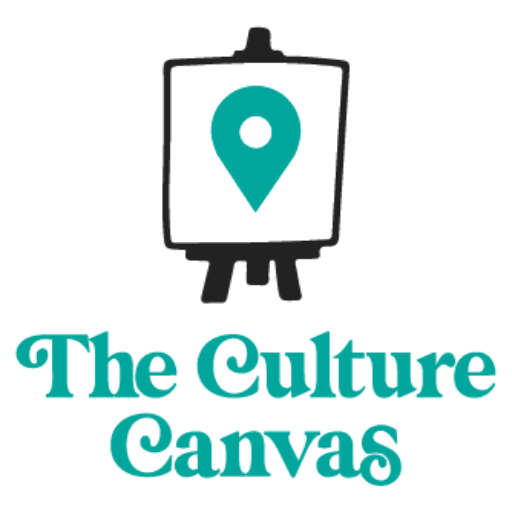When we enter a culture, our senses are on high alert. What are all of these new smells, colors, movement, and sounds? We filter them through our paradigm of “normal” and categorize them in our minds.
“Bad. Good. Loud. Strange. Extravagant. Pointless. Wonderful. Sad. Painful. Breathtaking.”
We can’t help but categorize when we’ve been brought up with a conscious as well as subconscious message of what is beautiful and what is not. I believe that a huge part of culture-learning is just this: cracking open that box of “normal” and shifting the paradigm for what we consider to be beautiful and good. No, this doesn’t mean we have to change our core values…but it does mean that we must be open to the fact that our views are often far more narrow and veiled than we realize. The world is a big place and what is “normal” to me is often very, very strange to someone across the globe.
The question is, am I willing to take off my own culture glasses and put on those of another?
The great painter Wassily Kandinsky once said,
“To create a work of art is to create the world.”
Why? Because the world is full of art. Art made by human hands and art made by the divine. If we back up, we can see that each piece of art in the world is infused with all the influences and experiences of that person. The artist creates from where they stand. Each of those smells, colors, movements, and sounds are a part of creating in the artist’s world. And because of this, I believe that art is one of the most powerful ways we can learn about another culture. Through art, we learn how to step into the experience of another. We learn how to feel as another feels. We learn to put on their skin and stay a while.
From opera houses to graffitied walls, we learn what it means to be human in this particular place. And if we will listen, see, smell, touch, we might find out what it means to be a little more human in our own skins as well.
I recently began taking a free online class called “Teaching Critical Thinking Through Art”. It’s being put on by the National Gallery of Art in Washington DC and has already got my wheels turning and my gears ready for new arts education adventures. The class focuses on getting students to think deeply…and the vehicle used for this is through ART!
Art is automatically an amazing vehicle for deep thinking because it is multi-faceted, layered, and can be viewed from multiple perspectives. It invites us to slow down and consider it slowly, thoughtfully, and then consider it again. It stays with us.
The main “thinking routine” presented in my course is a simple but powerful one.
See. Then Think. Then Wonder.
So I invite you to inhabit this thinking routine sometime this week. Let it teach you something. When you come across something someone else has created, and it seems strange to you, perhaps from a culture not your own…stop. SEE. THINK. WONDER.

